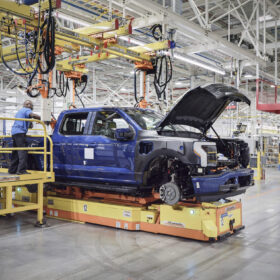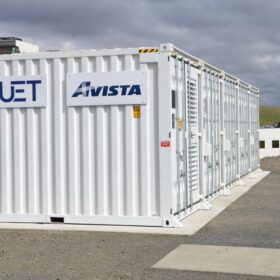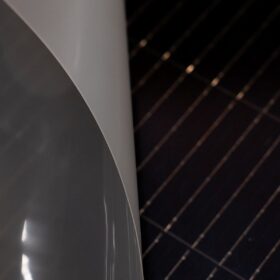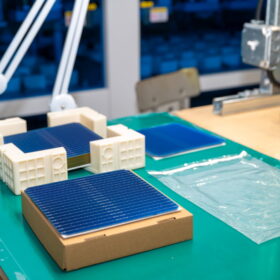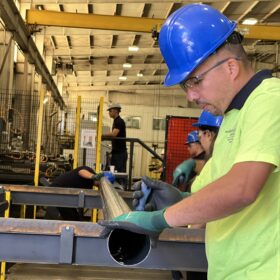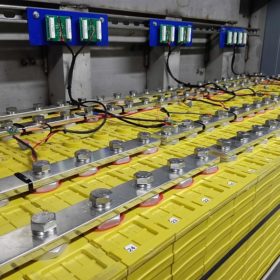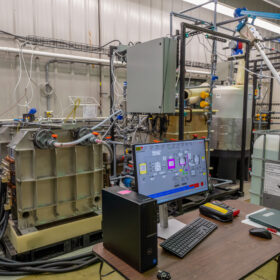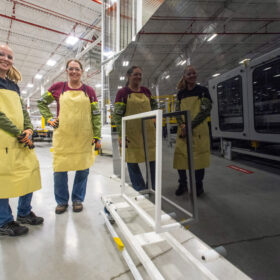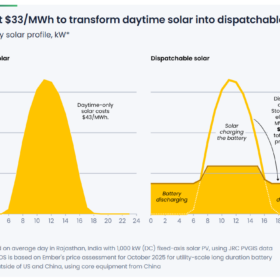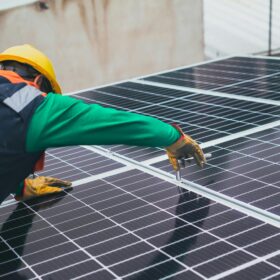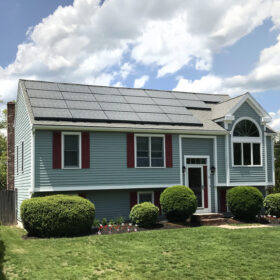Ford axes Lightning EV Truck, pivots to $2 billion grid-scale storage manufacturing
Ford announced it will move on from its electric vehicle trucks, instead producing hybrid vehicles and manufacturing grid-scale energy storage for the rapidly growing datacenter market as well as an entry to residential energy storage.
Waaree secures 288 MW hail-resilient module order for Texas utility-scale solar projects
Sabanci Renewables agreed to purchase hail-resilient modules produced by Waaree Solar Americas for two utility-scale solar projects.
ESS–EV battery supply chain bifurcates as U.S. manufacturers pivot toward storage
While the long-term impacts of the elimination of the United States’ federal electric vehicle tax credit remain unknown, it’s clear that battery manufacturers in the country are starting to shift their approach toward grid-scale storage rather than EV batteries.
Endurans Solar launches transparent backsheet for utility-scale bifacial modules
The U.S. based manufacturer has completed certification of its latest adhesive-free, fluorine-free backsheet.
ES Foundry prepares to accelerate production of FEOC-compliant PERC solar cells
The South Carolina-based solar cell manufacturer plans to triple its output of domestic solar cells by the end of 2026.
Nextpower opens monitoring center and doubles steel output at Memphis plant
Nextpower, formerly Nextracker, announced it has opened a remote monitoring center for its solar tracker systems in Nashville, Tennessee and also expanded its Memphis steel manufacturing capacity.
Canadian Solar consolidates U.S. manufacturing under parent, including solar and storage
By moving US manufacturing assets out from under its China-listed firm, while aiming to be a developer, a module manufacturer, and a battery producer, without the China-owned scrutiny.
NeoVolta secures $13 million for 2 GWh energy storage manufacturing in Georgia
The company produces batteries and inverters for residential and commercial applications. It secured funding for a potential U.S. manufacturing facility, pending definitive agreements.
Quino Energy expects Indian flow battery deal to spur U.S. deployments
Energy storage in urban areas make strong use case for non-flammable flow batteries.
First Solar commits $330 million to new South Carolina factory
First Solar has selected Gaffney, in Cherokee County, South Carolina, as the site for its fifth U.S. module manufacturing facility. The company will invest approximately $330 million in the project.
